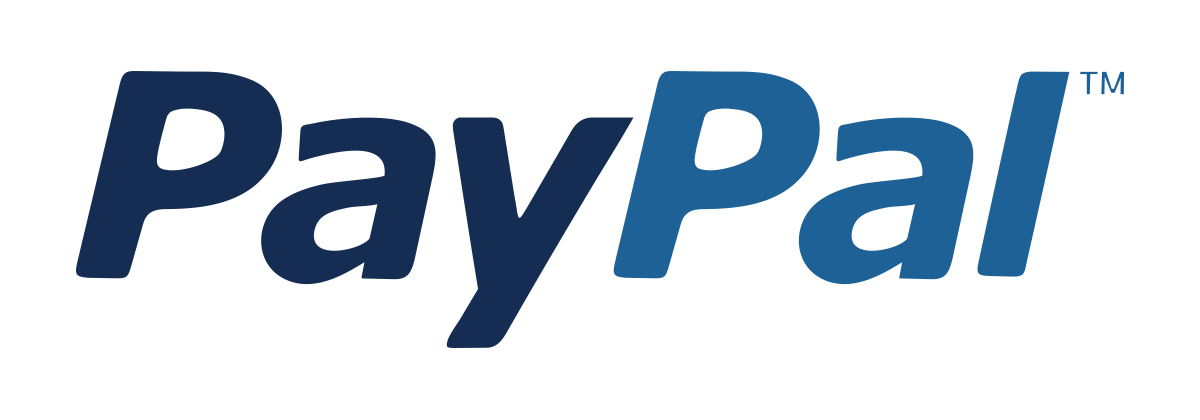GitOps & Infrastructure as Code (IaC)
Master GitOps and Infrastructure as Code to automate, scale, and secure cloud-native operations.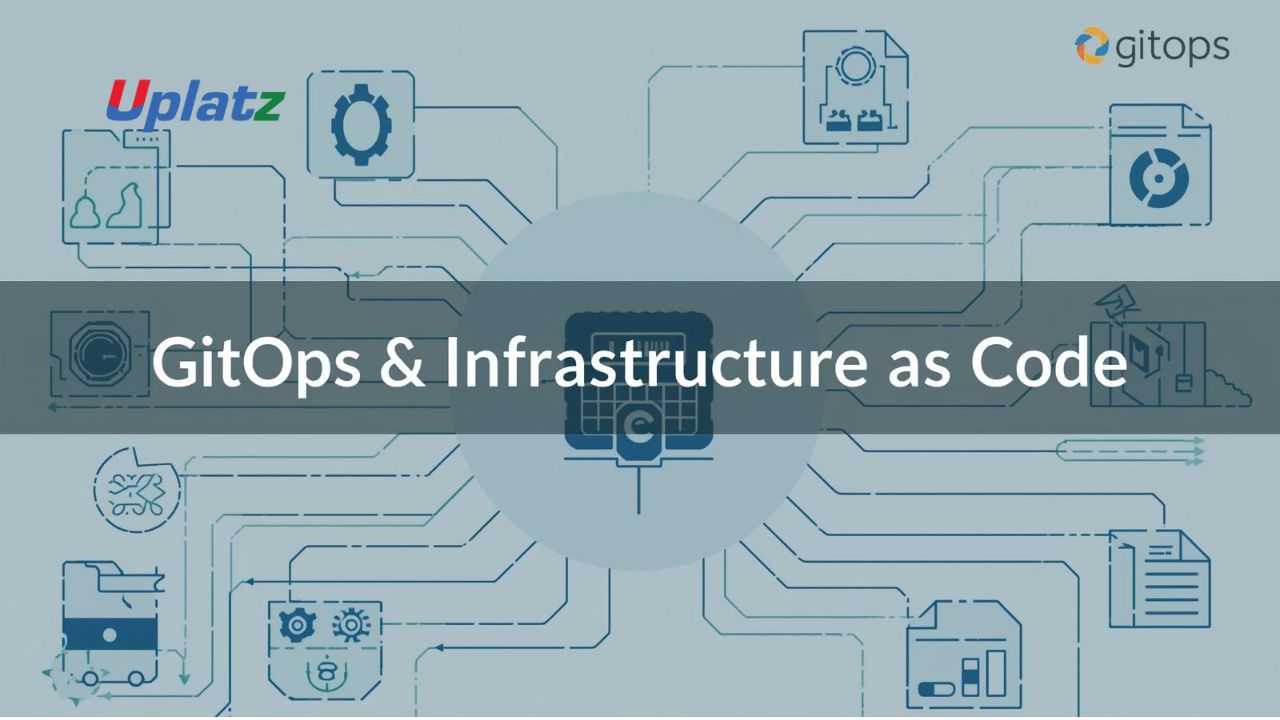 Price Match Guarantee
Full Lifetime Access
Access on any Device
Technical Support
Secure Checkout
Course Completion Certificate
Price Match Guarantee
Full Lifetime Access
Access on any Device
Technical Support
Secure Checkout
Course Completion Certificate
 89% Started a new career
BUY THIS COURSE (
89% Started a new career
BUY THIS COURSE (GBP 12 GBP 29 )-
 78% Got a pay increase and promotion
78% Got a pay increase and promotion
Students also bought -
-
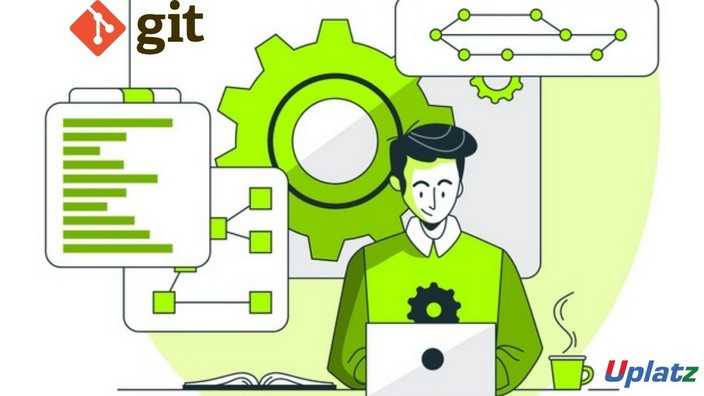
- Git (basic to advanced)
- 8 Hours
- GBP 12
- 457 Learners
-
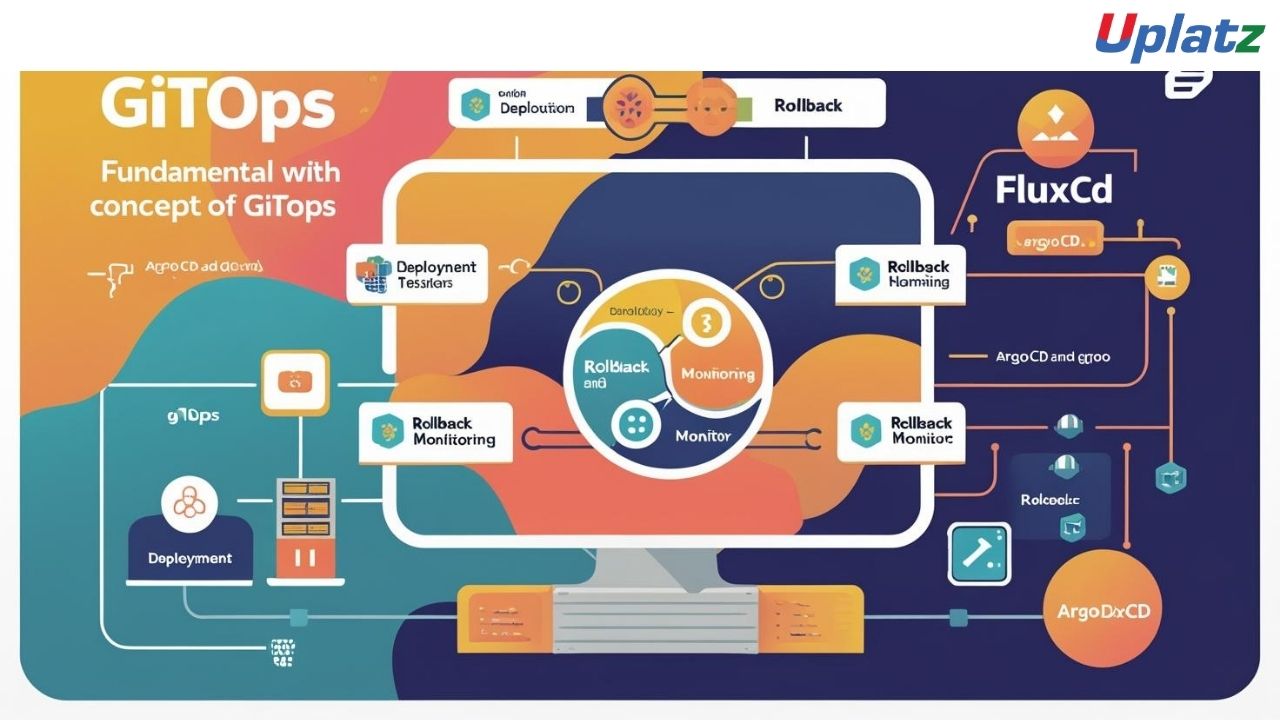
- GitOps Fundamentals using Argo CD and FluxCD
- 10 Hours
- GBP 12
- 10 Learners
-
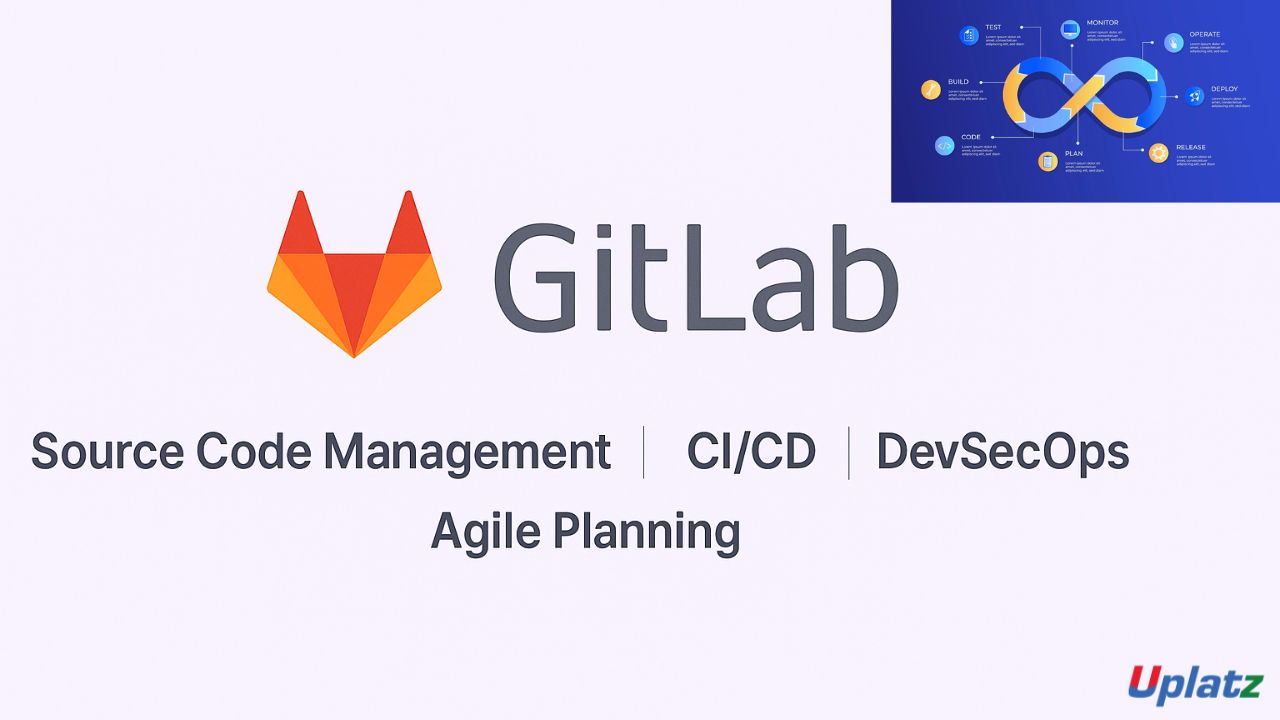
- GitLab CI/CD
- 10 Hours
- GBP 12
- 10 Learners
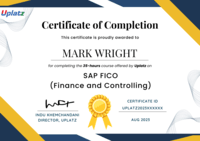
GitOps & Infrastructure as Code (IaC) – Automating Infrastructure with DevOps Intelligence is a comprehensive, hands-on course that introduces learners to the modern DevOps practices that power automation, scalability, and consistency across cloud environments. It teaches how to manage infrastructure the same way developers manage code — version-controlled, automated, and reproducible — enabling faster, safer, and more reliable system operations.
In a world increasingly driven by cloud-native architectures, microservices, and continuous delivery, GitOps and IaC have become essential components of intelligent DevOps pipelines. This course helps learners understand not only how these systems work but also why they are transforming IT operations globally. You will explore the evolution from traditional manual configuration to declarative, code-based infrastructure management, where every change is tracked, reviewed, and automated via Git repositories.
Through real-world examples and projects, learners will gain practical experience using leading tools such as Terraform, Ansible, AWS CloudFormation, Pulumi, Helm, Jenkins, Argo CD, and Flux to build, manage, and deploy infrastructure across multiple environments and cloud providers.
What is Infrastructure as Code (IaC)?
Infrastructure as Code (IaC) is the practice of managing and provisioning computing infrastructure through machine-readable configuration files, rather than through manual processes or scripts. In simple terms, IaC turns your infrastructure into software — allowing it to be versioned, tested, and automated.
Instead of logging into servers to install dependencies or change settings, DevOps engineers use IaC tools like Terraform or CloudFormation to describe what the infrastructure should look like (for example, how many servers, what kind of storage, what networking configurations, etc.). The system then automatically provisions those resources in the cloud exactly as defined.
This approach eliminates human error, speeds up deployment, and ensures environments are consistent across development, testing, and production. IaC also makes rollback and recovery simple — since infrastructure changes can be tracked, reviewed, and reverted just like any other code change.
What is GitOps and How Does It Work?
GitOps extends the concept of Infrastructure as Code by using Git repositories as the single source of truth for both infrastructure and application configurations. In GitOps, every change to the system — whether updating a Kubernetes cluster or deploying a new application version — is triggered by a Git commit or pull request.
Automation tools such as Argo CD or Flux continuously monitor the Git repository and ensure that the actual system state matches the desired state defined in the repo. If a mismatch occurs, the system automatically synchronises and corrects itself.
This model provides auditability, security, and consistency across deployments. It ensures that infrastructure and application configurations are always in sync with versioned source control, bringing together the worlds of development (Git) and operations (Ops) under one unified workflow.
By mastering GitOps, you’ll learn how to:
-
Automate deployments through Git commits and pull requests.
-
Enable continuous delivery and progressive rollouts using declarative models.
-
Build a fully auditable and rollback-capable deployment pipeline.
-
Implement self-healing infrastructure that automatically maintains its desired state.
How GitOps and IaC Are Used in the Industry
GitOps and Infrastructure as Code have become core practices in DevOps engineering, cloud computing, and SRE (Site Reliability Engineering). Major organisations like Netflix, Spotify, Shopify, AWS, and Google Cloud rely on these principles to manage thousands of servers and microservices efficiently.
-
In Cloud Environments: IaC automates the provisioning of compute, networking, and storage resources on AWS, Azure, and Google Cloud.
-
In Kubernetes Ecosystems: GitOps ensures consistent configuration and automated deployment of containerised applications.
-
In Multi-Cloud Architectures: IaC simplifies managing resources across multiple cloud providers using a single unified configuration.
-
In Continuous Delivery Pipelines: GitOps connects CI/CD workflows with version control, making deployment fully automated and auditable.
These practices enable organisations to deploy software faster, reduce downtime, recover quickly from failures, and maintain high levels of system reliability.
Benefits of Learning GitOps & Infrastructure as Code
Learning GitOps and IaC provides both technical and strategic advantages for professionals in DevOps, cloud architecture, and automation. By mastering these practices, you will:
-
Automate Infrastructure Management: Reduce manual effort and human error through automation scripts and declarative configuration files.
-
Achieve Reproducibility: Guarantee that environments remain identical across development, staging, and production.
-
Enable Continuous Delivery: Integrate IaC and GitOps into CI/CD pipelines for rapid, consistent, and secure deployments.
-
Enhance Collaboration: Use Git workflows (branching, merging, pull requests) for collaborative infrastructure management.
-
Improve Security and Compliance: Track every infrastructure change with full audit trails and version histories.
-
Simplify Multi-Cloud Operations: Manage AWS, Azure, and GCP resources from a single codebase.
-
Reduce Downtime and Risk: Roll back changes instantly and recover from configuration drift or failures automatically.
Whether you’re modernising legacy infrastructure or managing large-scale Kubernetes clusters, GitOps and IaC provide the structure and intelligence required for scalable, self-managed systems.
What You Will Learn
Throughout the course, learners will gain practical experience with:
-
Defining and managing infrastructure using Terraform, Ansible, and CloudFormation.
-
Implementing declarative configurations for cloud resources and Kubernetes environments.
-
Integrating IaC with version control systems like GitHub and GitLab.
-
Setting up CI/CD pipelines with Jenkins, GitHub Actions, and Argo CD.
-
Applying GitOps workflows for continuous deployment and automated rollback.
-
Using Helm charts and YAML manifests for Kubernetes application delivery.
-
Managing infrastructure state files, drift detection, and change approval workflows.
The course’s hands-on projects are designed to simulate real-world scenarios faced by DevOps teams:
-
Building a Terraform-based infrastructure provisioning system.
-
Implementing a GitOps workflow for Kubernetes using Argo CD.
-
Designing an end-to-end automated CI/CD pipeline integrated with IaC tools.
Learners will finish the course with a solid foundation in infrastructure automation and operational excellence — skills that are directly applicable to production environments in top tech organisations.
Who Should Take This Course
This course is ideal for:
-
DevOps Engineers & Cloud Architects seeking to automate infrastructure at scale.
-
System Administrators transitioning from manual configuration to automation-driven environments.
-
SREs and Platform Engineers implementing GitOps and IaC best practices.
-
Developers who want to manage deployments and environments through code.
-
Students and IT Professionals aiming to master cloud automation, CI/CD, and modern DevOps workflows.
No prior experience with GitOps is required, though basic knowledge of cloud platforms, command-line tools, or scripting will be helpful. The course gradually builds from conceptual understanding to complex automation techniques, making it accessible to learners at all levels.
By the end of this course, learners will be able to:
- Understand the principles and benefits of Infrastructure as Code (IaC).
- Explain the GitOps model and its role in continuous delivery.
- Implement infrastructure automation using Terraform and Ansible.
- Manage configurations declaratively across multi-cloud environments.
- Set up CI/CD pipelines with Git-based triggers and approvals.
- Deploy and manage Kubernetes clusters using GitOps workflows.
- Maintain infrastructure state, drift detection, and rollback mechanisms.
- Ensure security, compliance, and auditability in infrastructure pipelines.
- Integrate monitoring and observability into GitOps deployments.
- Design a full end-to-end automated infrastructure management system.
Course Syllabus
Module 1: Introduction to Infrastructure as Code and GitOps
Concepts, benefits, and evolution from manual ops to automation-first infrastructure.
Module 2: Understanding Declarative vs. Imperative Infrastructure
Approaches to defining infrastructure and their operational implications.
Module 3: Version Control and Configuration Management
Using Git for version tracking, collaboration, and change control.
Module 4: Terraform Fundamentals
Building, provisioning, and managing infrastructure declaratively.
Module 5: Configuration Management with Ansible and Chef
Automating software provisioning and system setup.
Module 6: GitOps Principles and Practices
Understanding GitOps workflows, policies, and deployment automation.
Module 7: Continuous Deployment with GitOps Tools
Implementing GitOps using Argo CD, Flux, and Jenkins X.
Module 8: Kubernetes Infrastructure Management
Automating cluster provisioning, scaling, and configuration with IaC.
Module 9: Cloud-Native Automation (AWS, Azure, GCP)
Integrating IaC tools with major cloud providers.
Module 10: Security, Compliance, and Policy as Code
Implementing guardrails using OPA, Conftest, and Terraform Sentinel.
Module 11: Monitoring, Observability, and Drift Detection
Tracking changes, detecting drift, and enforcing consistency.
Module 12: Capstone Project – Full GitOps Pipeline Implementation
Build a complete GitOps-driven CI/CD pipeline integrating IaC, Kubernetes, and automated rollback features.
Upon successful completion, learners will receive a Certificate of Mastery in GitOps & Infrastructure as Code (IaC) from Uplatz.
This certification validates your expertise in designing, automating, and managing cloud infrastructure using Git-centric workflows and declarative definitions. It demonstrates your ability to:
- Build infrastructure pipelines with Terraform, Ansible, and Kubernetes.
- Implement GitOps methodologies for automated and auditable deployments.
- Apply DevSecOps principles for secure and compliant infrastructure management.
The certification confirms your readiness to lead automation initiatives and manage large-scale, production-grade infrastructure in DevOps, SRE, and Cloud Engineering roles.
Proficiency in GitOps and IaC opens diverse opportunities in cloud and DevOps domains, including:
- DevOps Engineer
- Cloud Infrastructure Architect
- Site Reliability Engineer (SRE)
- Platform Automation Specialist
- CI/CD Pipeline Engineer
- Infrastructure Automation Consultant
Top organizations such as Amazon, Google, Microsoft, and Red Hat are adopting GitOps and IaC as key pillars of cloud governance, ensuring that skilled professionals in these domains remain in extremely high demand.
- What is Infrastructure as Code (IaC)?
IaC is a method of managing and provisioning infrastructure through code instead of manual processes. - How does GitOps differ from traditional DevOps?
GitOps uses Git repositories as the single source of truth for infrastructure and deployment automation. - What are the benefits of using IaC?
Reproducibility, version control, scalability, automation, and reduced human error. - What are the key GitOps tools?
Argo CD, Flux CD, Jenkins X, and Weave GitOps. - Explain the difference between declarative and imperative IaC.
Declarative defines what the system should look like; imperative defines how to achieve it. - What is drift detection in GitOps?
Identifying and reconciling configuration differences between the desired and actual infrastructure states. - What is the role of Terraform in IaC?
Terraform enables cross-platform infrastructure provisioning using declarative configuration files. - What is Policy as Code?
Embedding governance and compliance rules directly into IaC workflows using tools like OPA or Sentinel. - How does GitOps improve deployment security?
By using Git commits, pull requests, and approvals as auditable sources of truth for every infrastructure change. - How can IaC and GitOps contribute to CI/CD automation?
By integrating with pipelines that automatically deploy and validate infrastructure updates through Git triggers.







